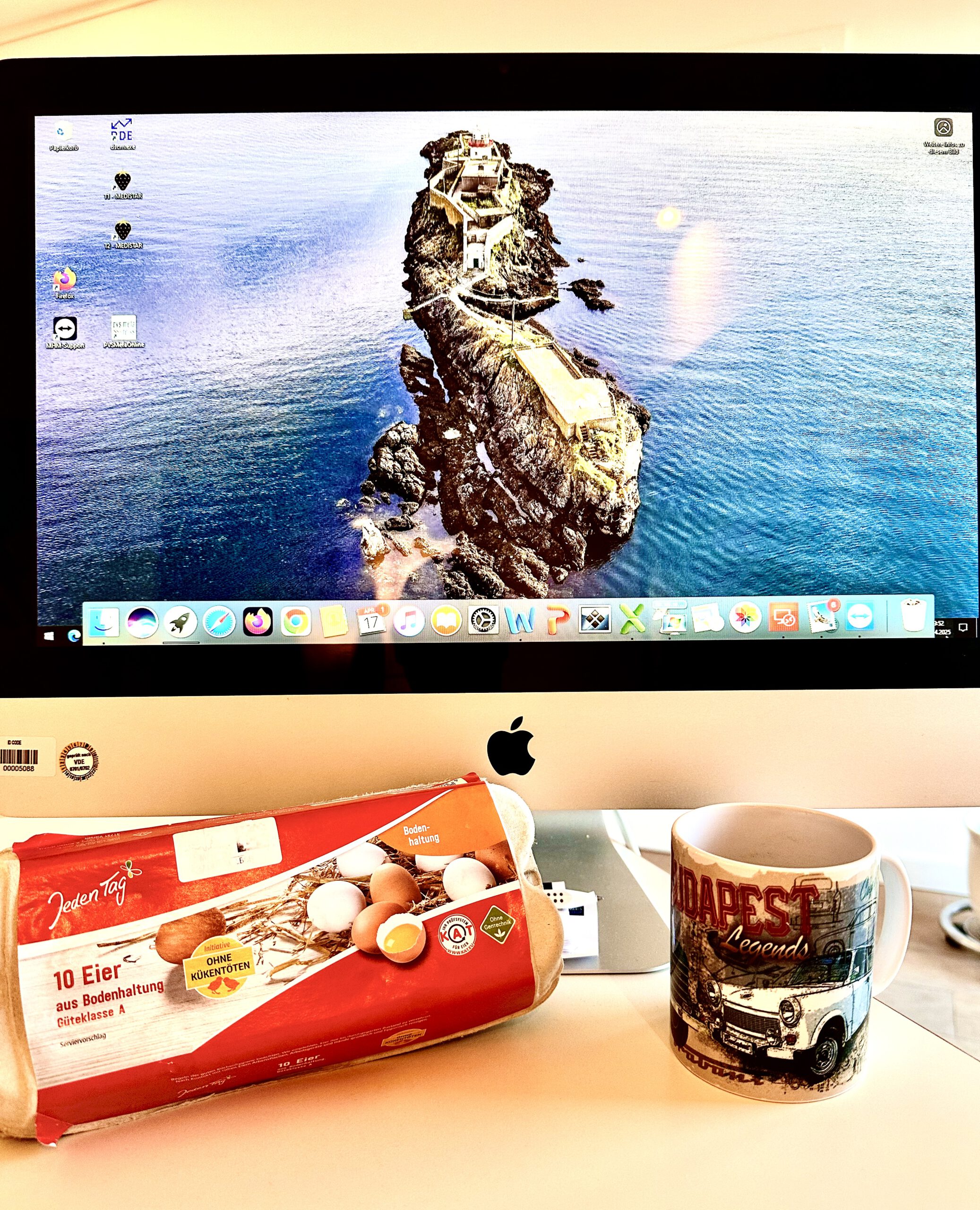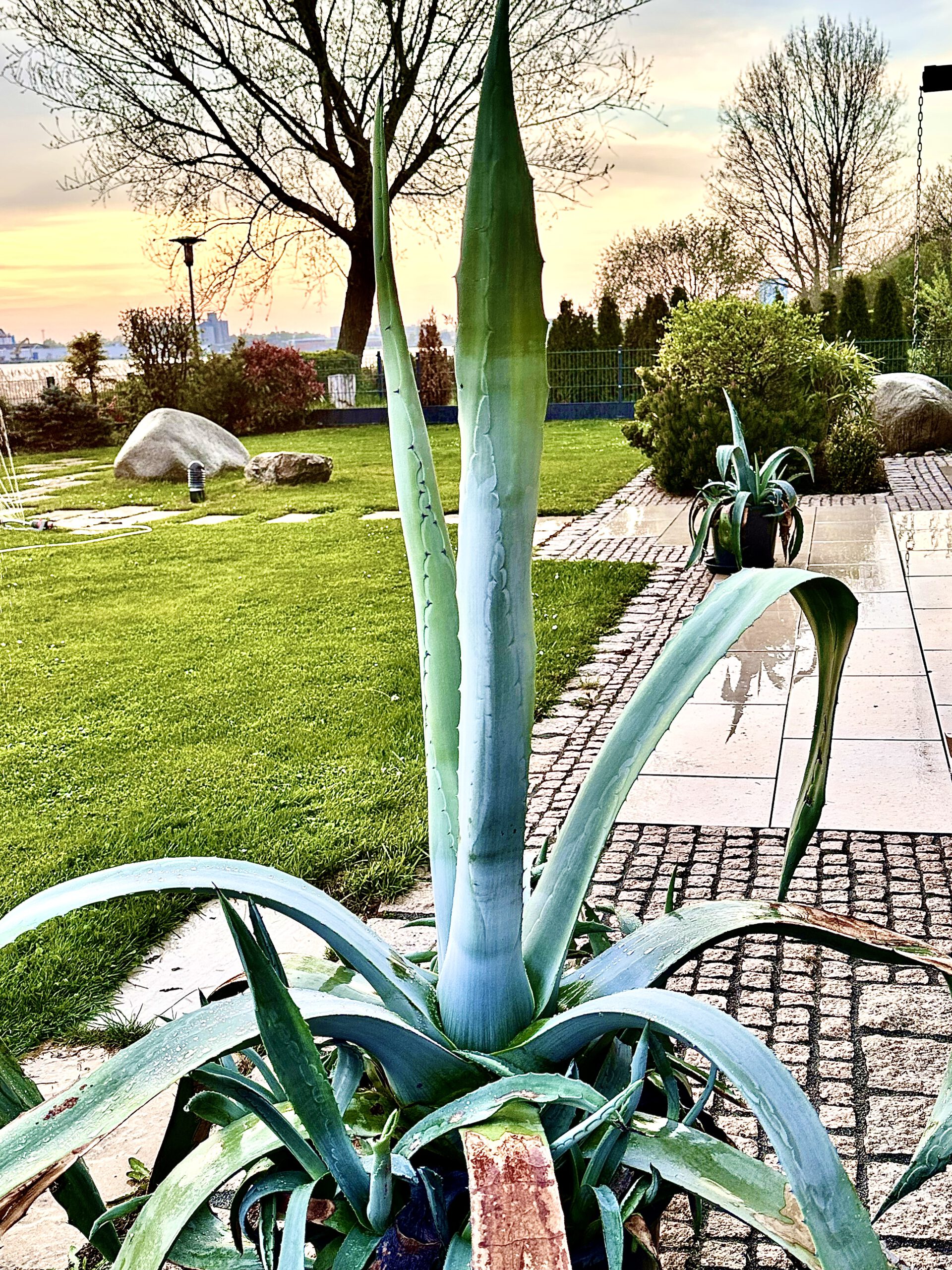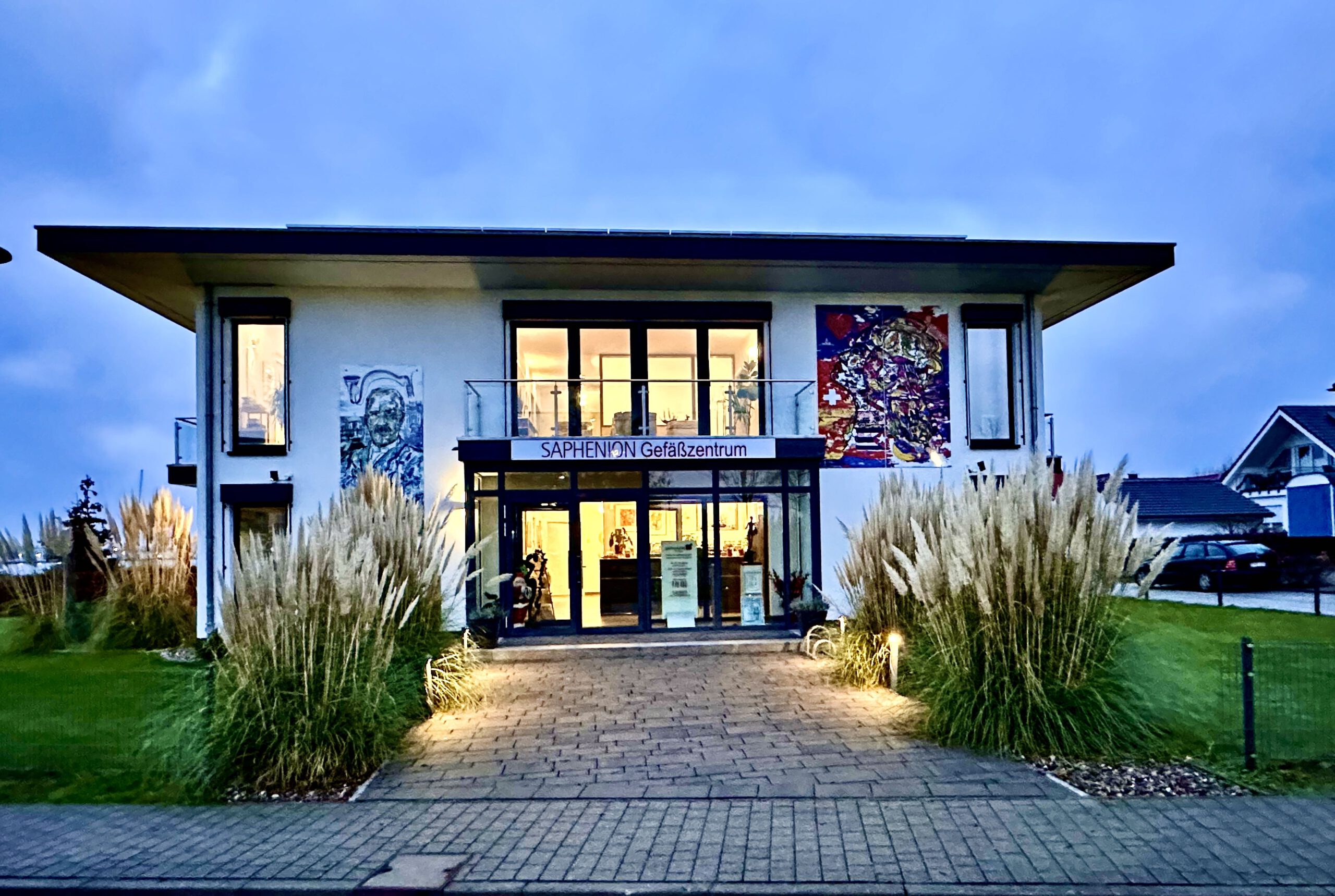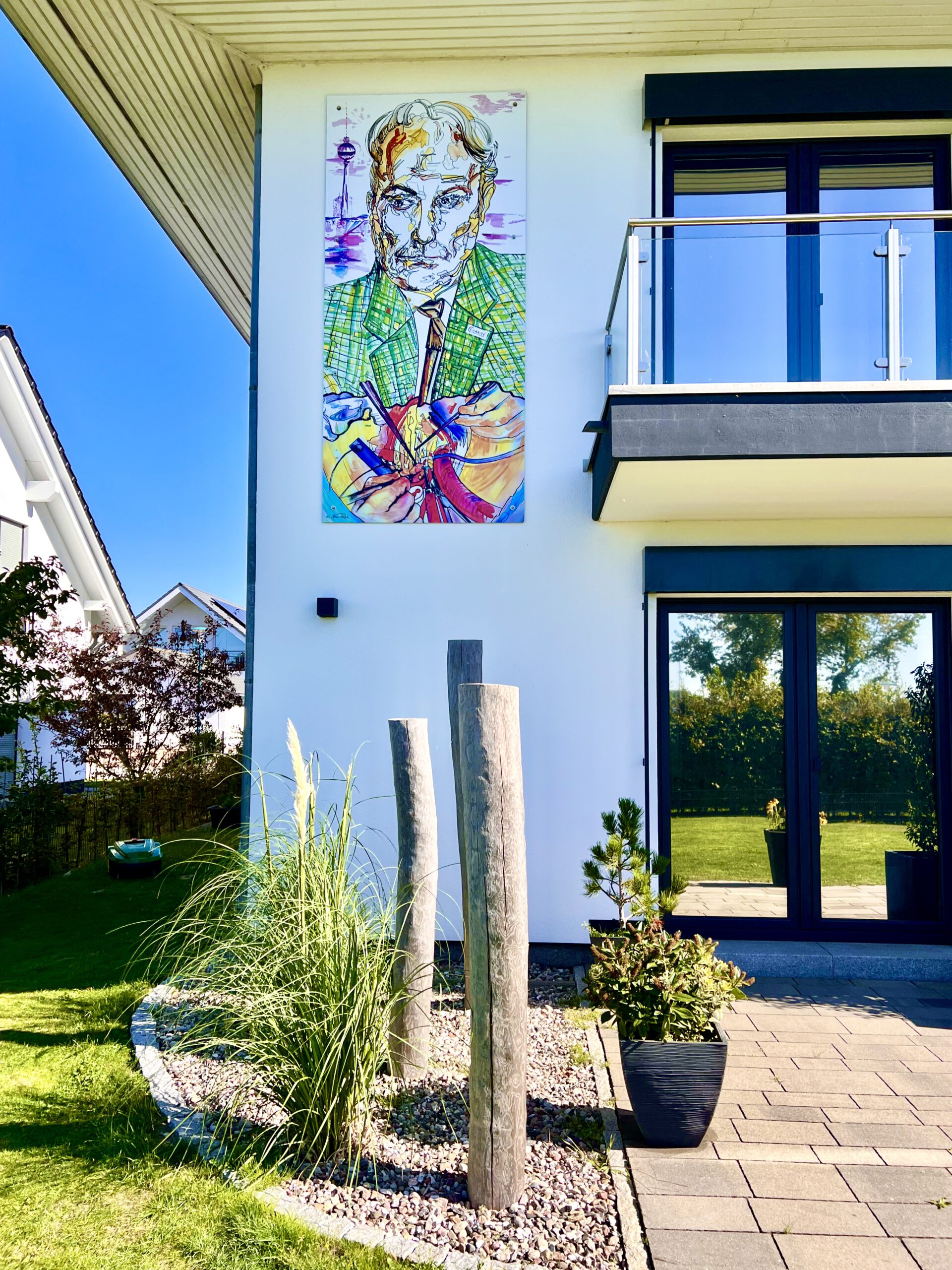Krampfader-Therapie im Sommer? Gerade Menschen mit bekannten Venenleiden, aber auch vermeintlich Venengesunde klagen bei steigenden Temperaturen über die Zunahme an Schwellungen und schmerzenden Beinen.
Immerhin leiden ca. 60 – 70% aller Erwachsenen Männer und Frauen an Krampfadern, aber nur ca. 11 – 15 % aller Patienten haben tatsächlich Beschwerden oder ordnen ihre Beschwerden den Venen zu.
Doch die zunehmende Wärme macht Menschen mit Störungen der Venenfunktion arg zu schaffen. Und wir spüren dies u.a. auch an einer ganz paradoxen Situation – die Anrufe in unserer Praxis nehmen stetig zu. Und wir haben wieder mehr Besucher auf unserer Website.
Es gibt viele Diagnostik – und Therapieanfragen, Termine für die Therapie mit dem Venenkleber und Mikroschaum werden mit der Bitte um schnellstmögliche Realisierung vereinbart!
Und tatsächlich, die Zahl der Interventionen an Krampfadern – mit dem VenaSeal® – Venenkleber steigt an, da die Mobilität nicht beeinträchtigt ist und der Patient keine Kompressionsstrümpfe tragen muß!
Dies ist ein bei uns seit nunmehr 13 Jahren im Saphenion® Gefäßzentrum Rostock verstärkt zu beobachtendes Phänomen.
Varicose vein therapy in summer? People with known vein problems in particular, but also those who are supposedly healthy, complain about an increase in swelling and aching legs when temperatures rise.
After all, around 60 – 70% of all adult men and women suffer from varicose veins, but only around 11 – 15% of all patients actually have complaints or attribute their complaints to veins.
However, the increasing heat is causing serious problems for people with venous dysfunction. And we are also noticing this in a very paradoxical situation – the number of calls to our practice is constantly increasing. And we have more visitors to our website again.
There are many requests for diagnostics and treatment, appointments for treatment with vein glue and microfoam are being made with the request that they be carried out as quickly as possible!
And indeed, the number of interventions on varicose veins with the VenaSeal® vein glue is increasing, as mobility is not impaired and the patient does not have to wear compression stockings!





